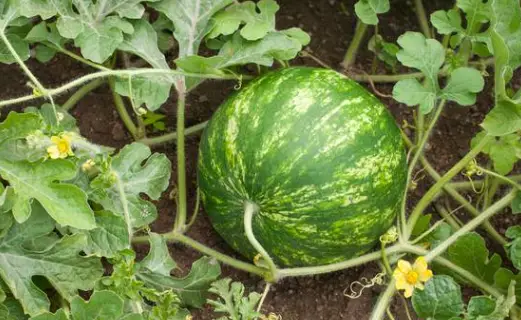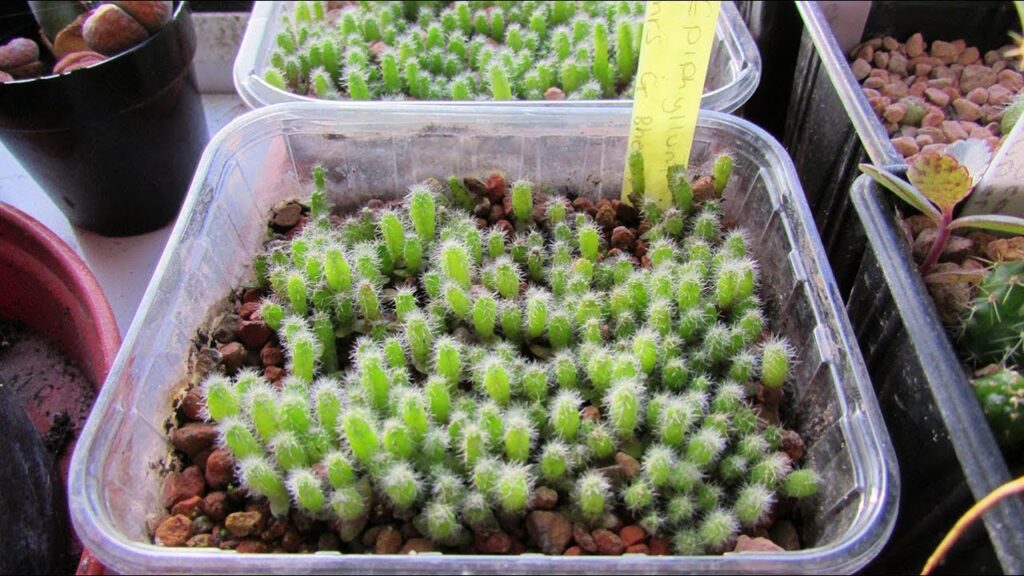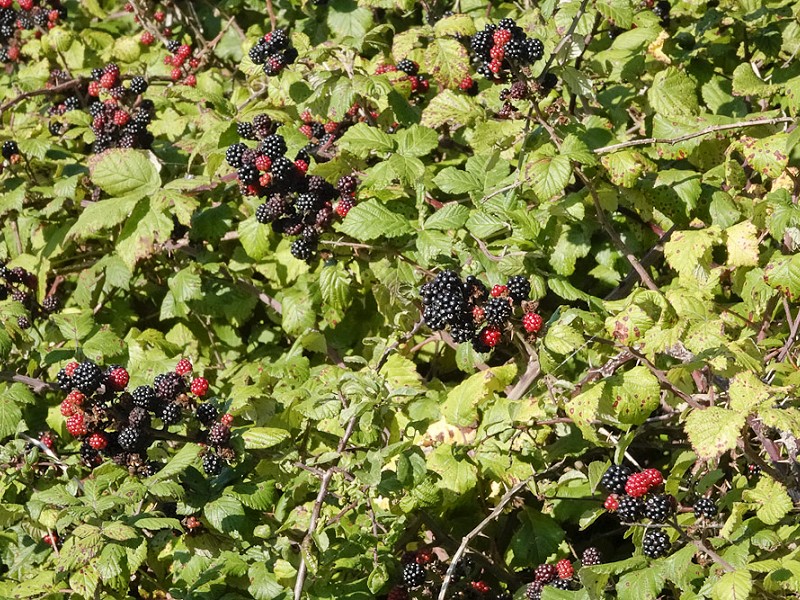Grapefruit is a yummy and healthy fruit that lots of people enjoy. It’s not too hard to grow and it can survive in different kinds of weather.
In this guide, we’ll show you how to grow your own grapefruit tree from a seed. You’ll learn how to pick the best seeds, plant and take care of your tree. By the end, you’ll know everything to start your own grapefruit tree from a seed.
Table of Contents
- Grow Your Grapefruit Tree from Seed
- Step 1 – Picking the Right Seeds:
- Step 2 – Soaking the Seeds:
- Step 3 – Planting the Seeds:
- Step 4 – Moving the Baby Plants:
- Step 5 – Watering and Feeding Your Tree:
- Step 6 – Pruning Your Tree:
- Step 7 – Watching for Bugs and Diseases:
- Step 8 – Picking the Fruit:
- The Right Conditions for Growing Grapefruit
- Potential Issues with Growing Grapefruit
- How to Harvest and Store Grapefruits
- Can You Really Grow a Grapefruit Tree from a Seed?
- Is It Easy to Grow Grapefruits?
Grow Your Grapefruit Tree from Seed
Step 1 – Picking the Right Seeds:
First, find some good quality seeds. They should be fresh and ready to grow. You can get them from inside a grapefruit or buy them from a trusted seed shop.
Step 2 – Soaking the Seeds:
Before you plant the seeds, soak them in water for a couple of days. Put them in a bowl of water and wait for 2-3 days. This helps them start to grow.
Step 3 – Planting the Seeds:
Get a pot with soil that lets water through easily and put the seeds in about 1/4 inch deep. Then, water the soil and put the pot somewhere warm and bright.
Step 4 – Moving the Baby Plants:
When the baby plants have grown to about 6 inches tall and have a few leaves, it’s time to move them outside. Pick a sunny spot that gets about 8 hours of sunlight every day.
Step 5 – Watering and Feeding Your Tree:
Water your grapefruit tree so the soil stays moist but not too wet. Give it some plant food every few weeks so it gets all the nutrients it needs to grow strong and healthy.
Step 6 – Pruning Your Tree:
Cut off any dead or weak branches to make your tree grow better and look nice. You can decide how you want your tree to look and shape it that way.
Step 7 – Watching for Bugs and Diseases:
Keep an eye out for bugs like aphids and diseases like citrus canker. If you see any, you’ll need to take care of it quickly so it doesn’t spread.
Step 8 – Picking the Fruit:
You’ll know your grapefruits are ready when they feel firm and turn yellow or orange. Use scissors to cut the fruit off but be gentle with the tree. You can eat your grapefruits right away or keep them in the fridge for later.
The Right Conditions for Growing Grapefruit
Grapefruit loves warm and damp places. They need a lot of sunshine, like at least 8 hours a day. The soil should be rich with stuff plants love and have a pH between 6.0 and 6.5.
Grapefruit trees can handle different temperatures but prefer warm days and cool nights. They do best in USDA zones 9-11, but you can grow them in pots in colder places if you bring them inside when it gets too cold.
Make sure to water them enough so the soil stays moist and give them plant food regularly. Pruning helps them grow strong and stay healthy.
If you give your tree what it needs and take good care of it, it’ll do well and give you tasty fruit.
Potential Issues with Growing Grapefruit
When you’re growing grapefruit trees, you might run into a few problems. Bugs like aphids and diseases like citrus canker are common. You can use bug spray or friendly bugs like ladybugs to fight them off.
Also, don’t water your tree too much because they can get root rot if the soil stays wet all the time. Make sure your soil drains well and let it dry out a bit between waterings.
If it gets too cold where you live, you might need to cover your tree or move it somewhere safe to protect it from frost.
How to Harvest and Store Grapefruits
When grapefruits feel firm and are yellow or orange, they’re ready to pick. Use scissors and be careful not to hurt the tree when you take the fruit. You can eat them right away or put them in the fridge to keep them fresh for a few weeks.
To keep them even longer, you can put them in a plastic bag in the fridge. Or you can freeze them! Just peel them, cut them into pieces and freeze them flat on a tray. Then put the frozen pieces into a bag and keep them in the freezer. They’ll be good for up to six months.
You can enjoy grapefruit in many ways like by themselves, in salads, in drinks, or use them when you cook. Growing your own grapefruits is a fun way to add something delicious and healthy to your meals.
Can You Really Grow a Grapefruit Tree from a Seed?
Yes, it’s definitely possible to grow a grapefruit tree from a seed. You just need to be patient and take good care of it. Put the seed in a pot with the right kind of soil and make sure it gets lots of light. Water the soil well and wait for the seed to sprout. Once it’s a little plant, you can put it in a bigger pot or move it outside.
Remember, the fruit from your tree might not taste exactly like the grapefruit the seed came from. Take good care of your tree and it will give you lots of fruit!
Is It Easy to Grow Grapefruits?
Yes, grapefruits are pretty easy to grow. They need soil that drains well and they like to be watered regularly. As long as they get plenty of sunlight and you feed them plant food, they should grow up healthy and strong.






![What Kind Of Fruits Grow On Palm Trees? [10 Most Common Ones]](https://fruitonix.com/wp-content/uploads/2023/08/image-126-1024x683.png)


